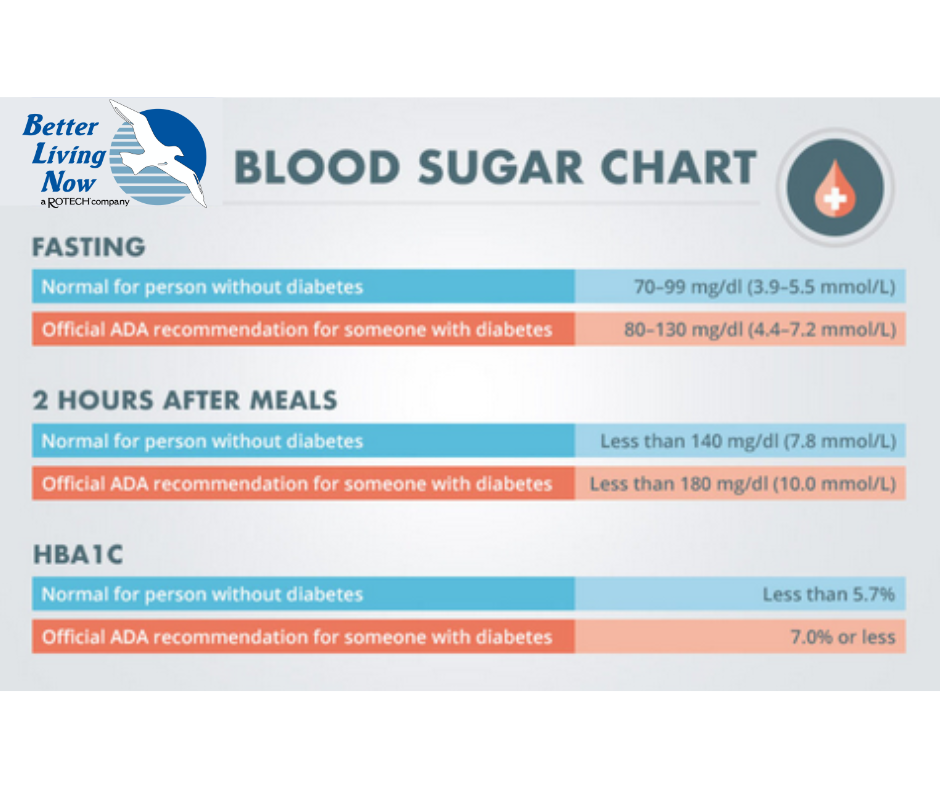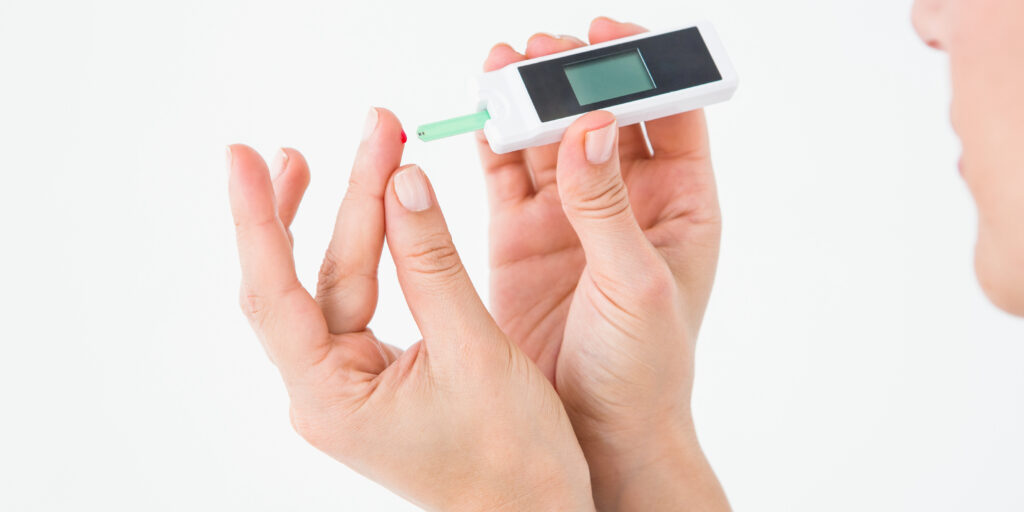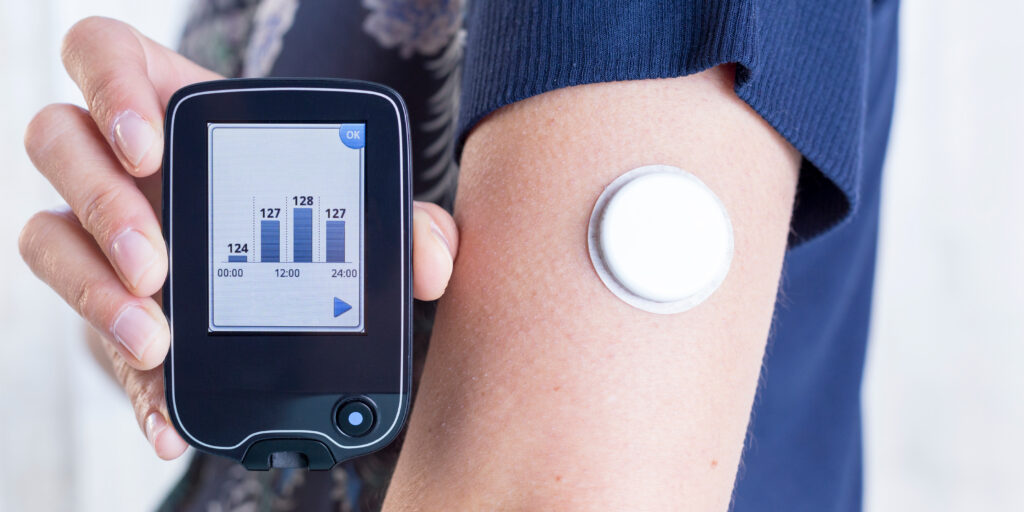
Blood Glucose Meters
Monitoring your blood sugar, or glucose levels, is the key to managing diabetes. It helps you know if your levels are in the desired range. This information is crucial because it shows how well your diabetes management plan is working at any given time.
Keeping blood glucose within a healthy range is important. If your blood sugar drops too low, it can impair your ability to think and function. If it remains too high over time, it can lead to long-term damage and complications in your body.
Recording your blood sugar readings is essential. By sharing this log with your healthcare provider, you give them a detailed view of how your body is responding to your diabetes care plan. This can help adjust your management strategy for better control of your diabetes.
Checking Your Glucose Levels
Who Should Check?
First, talk to your doctor about whether you should be checking your diabetes blood sugar levels. People who may benefit from checking blood glucose regularly include those:
• taking insulin.
• who are pregnant.
• having a hard time controlling blood glucose levels.
• who have low blood glucose levels.
• have ketones from high blood glucose levels.
How Do I Check?
People with diabetes check their blood glucose levels by poking their fingertips and using a blood glucose meter or a continuous glucose monitor (CGMs) to measure the blood glucose level at that moment. Read on to find out how to use a blood glucose meter.
To find out more about CGMs, start by talking to your doctor.
What Are the Target Ranges?

How to Use Blood Glucose Meters
Step 1:
After washing your hands, insert a test strip into your meter.
Step 2:
Use your lancing device on the side of your fingertip to get a drop of blood.
Step 3:
Touch and hold the edge of the test strip to the drop of blood and wait for the result.
Step 4:
Your blood glucose level will appear on the meter’s display.
Note: All meters are slightly different, so always refer to your user manual for specific instructions.
Other Testing Tips
• With some meters, you can also use your forearm, thigh, or fleshy part of your hand, for instance.
• Presently, there are spring-loaded lancing devices that make sticking yourself less painful.
• If you use your fingertip, stick the side of your fingertip by your fingernail to avoid having sore spots on the frequently used part of your finger.

Continuous Glucose Meters
A continuous glucose monitoring system, or CGM for short, is a compact medical system that continuously monitors your blood sugar levels in more or less real time.
To use a CGM, you insert a small sensor that includes a tiny cannula that penetrates the skin. An adhesive patch holds the sensor in place, allowing it to take glucose readings throughout the day and night. Typically, the sensors have to be replaced every 10 to 14 days.
A small reusable transmitter connected to the sensor allows the system to send real time readings wirelessly to a monitor device that displays your blood glucose data. Some systems come with a dedicated monitor, and some now display the information via smartphone app, so you don’t have to carry an extra device around with you.
Besides the constant stream of data, most CGMs can send alerts telling you when your blood sugar levels are rising too high or dropping too low. CGMs have revolutionized diabetes care. Unlike a traditional fingerstick blood glucose meter (BGM), which provides a single glucose reading, CGM systems provide continuous dynamic glucose information.
How to Use
To use a CGM, you insert a small sensor that includes a tiny cannula that penetrate the skin. An adhesive patch holds the sensor in place, allowing it to take glucose readings throughout the day and night. Sensors have to be replaced every 10 to 14 days.







